Erosion Control Services for Land Stability
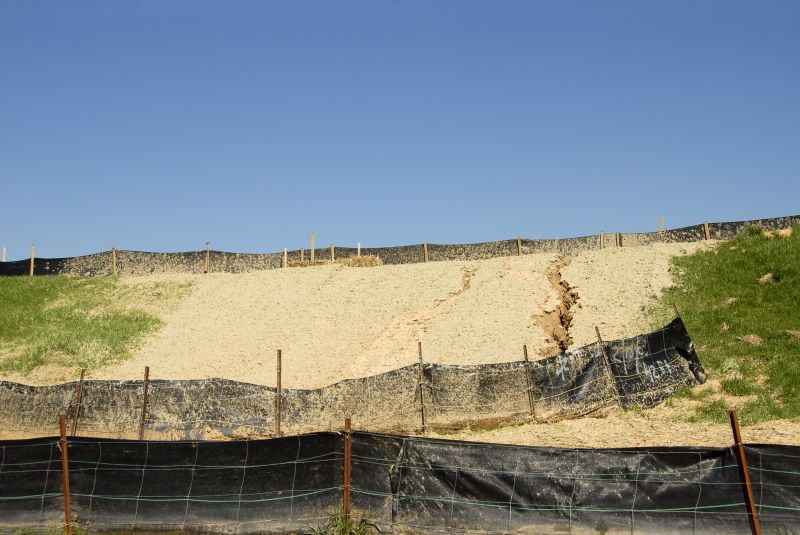
Spring is often ideal for erosion services due to increased rainfall and soil moisture, which facilitate effective stabilization.
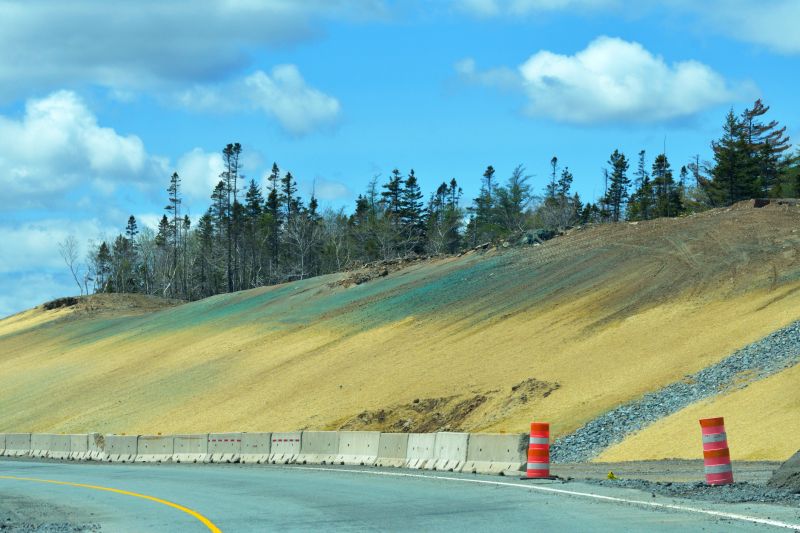
Summer may be suitable in dry periods; however, high temperatures can impact certain erosion mitigation techniques.
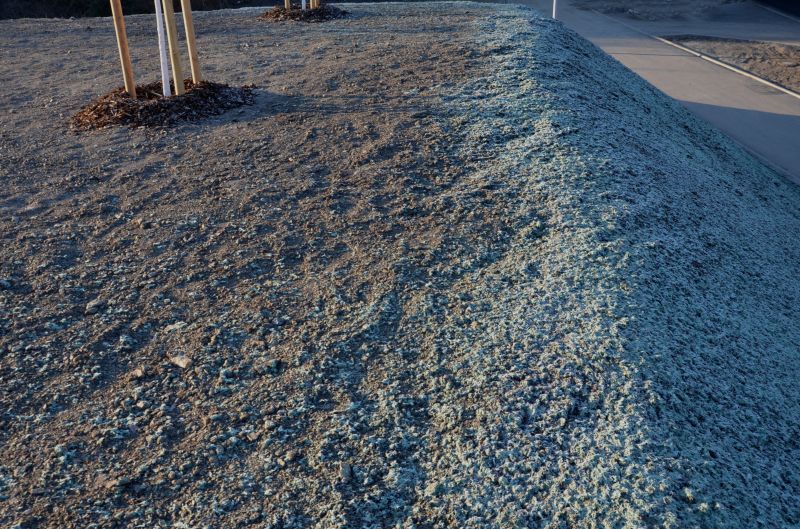
Fall allows for preventative erosion measures before winter, reducing risks from snowmelt and freeze-thaw cycles.
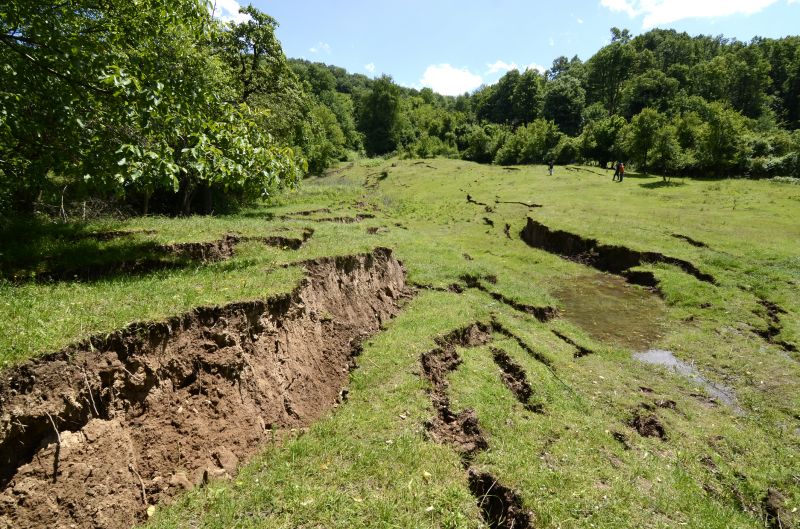
Ways to make Erosion Service work in tight or awkward layouts.
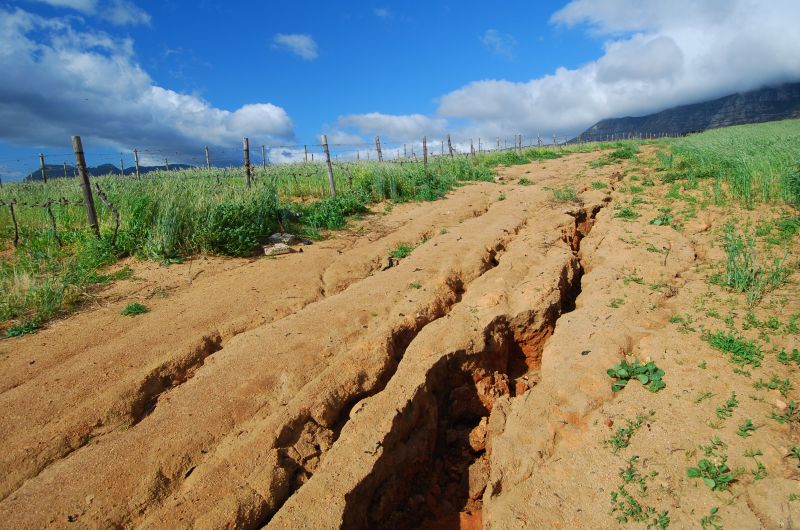
Popular materials for Erosion Service and why they hold up over time.

Simple add-ons that improve Erosion Service without blowing the budget.

High-end options that actually feel worth it for Erosion Service.

Finishes and colors that play nicely with Erosion Service.
Erosion service involves implementing measures to prevent soil loss caused by water, wind, or other environmental factors. These services are critical for protecting landscapes, infrastructure, and agricultural productivity. Erosion can lead to significant land degradation, reduced crop yields, and increased sedimentation in waterways. Statistics indicate that soil erosion affects approximately 75 billion tons of soil annually worldwide, leading to economic losses and environmental challenges. Proper timing of erosion control measures enhances their effectiveness, ensuring soil stability and long-term land health.
Methods such as planting vegetation or installing erosion control mats help stabilize soil during vulnerable periods.
Seasonal variations influence erosion risks; understanding these patterns aids in planning effective interventions.
Regular assessment of soil and landscape conditions helps determine optimal timing for erosion services.
Rainfall intensity, soil type, and land slope are key factors affecting erosion susceptibility and service timing.
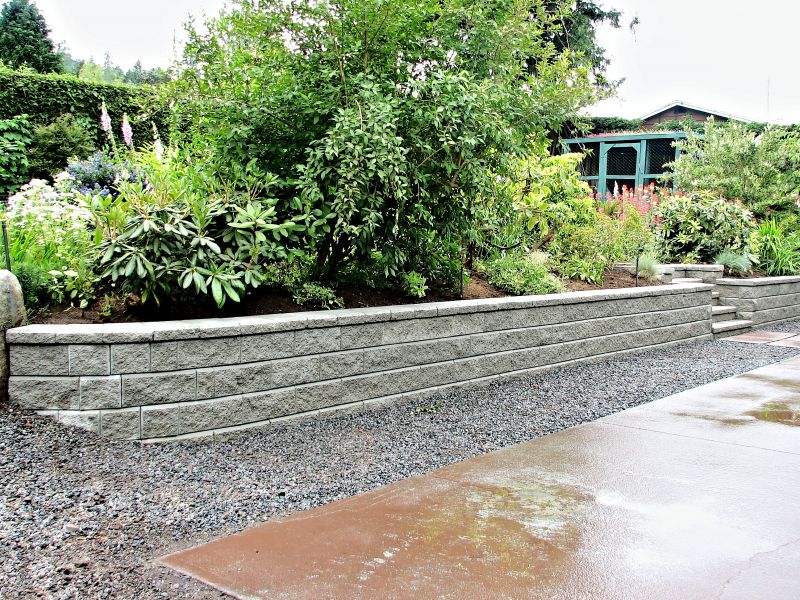
Professionally installed barriers and plantings to prevent soil movement.

Establishing ground cover to protect soil from raindrop impact and runoff.

Installing proper drainage systems to manage water flow and reduce erosion.
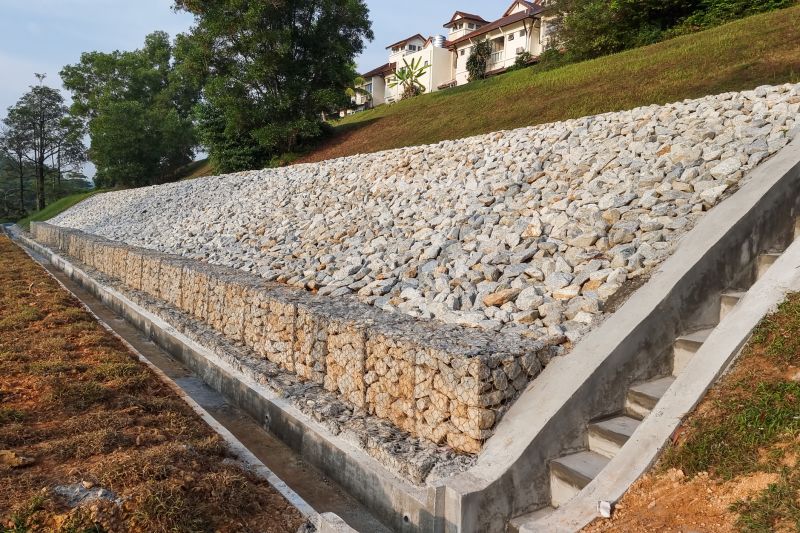
Building retaining walls to hold soil in place on slopes and prevent landslides.

Little measurements that prevent headaches on Erosion Service day.
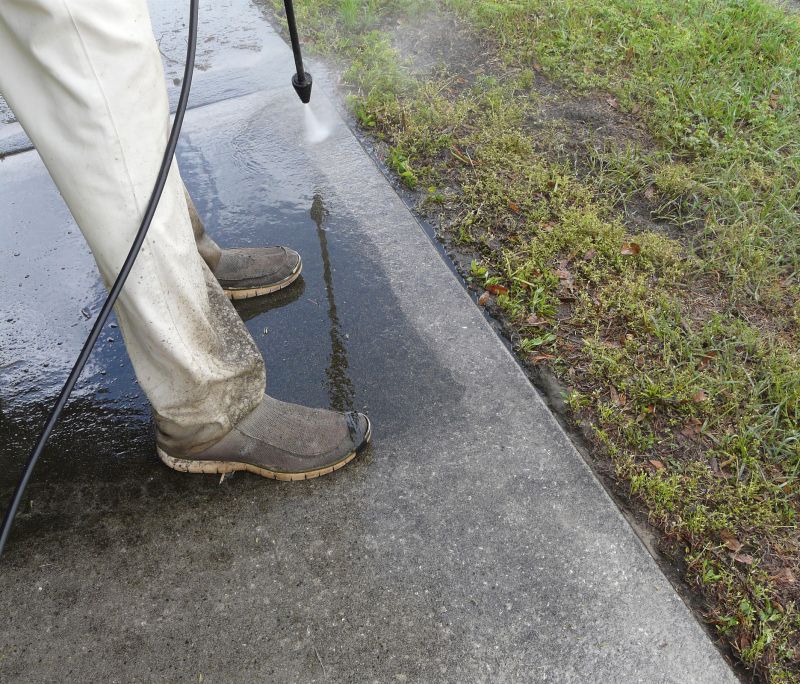
A 60-second routine that keeps Erosion Service looking new.
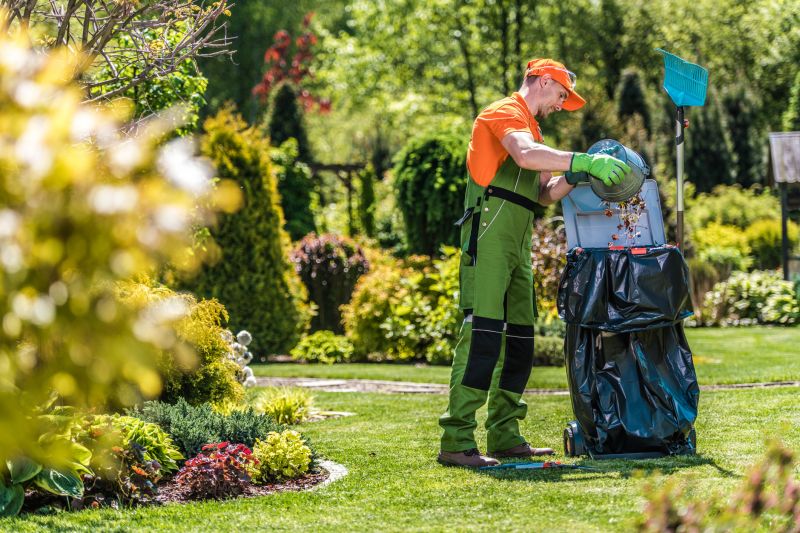
A frequent mistake in Erosion Service and how to dodge it.

Small tweaks to make Erosion Service safer and easier to use.
| Season | Recommended Erosion Service Timing |
|---|---|
| Spring | Early spring before heavy rainfall begins |
| Summer | During dry periods or after droughts |
| Fall | Late fall to prepare for winter |
| Winter | Limited; focus on preventative measures before snowmelt |
| Post-Storm | Immediately after heavy rainfall or storm events |
Additional erosion services include soil reinforcement, contouring, and the installation of erosion control fabrics. These measures are tailored to specific land conditions and seasonal patterns to optimize soil retention. Proper timing ensures that interventions are most effective in preventing soil displacement during periods of high erosion risk.
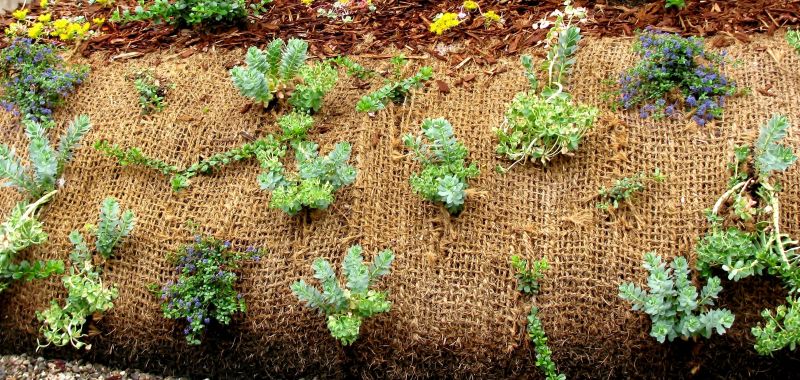
Techniques like terracing and mulching reduce runoff and soil loss.
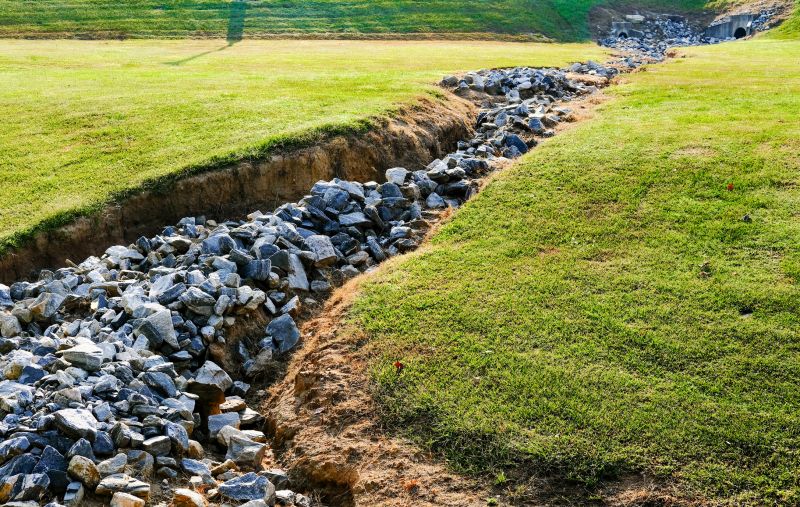
Strategic land grading and plantings help manage water flow.

Barriers and silt fences trap sediment and prevent downstream erosion.
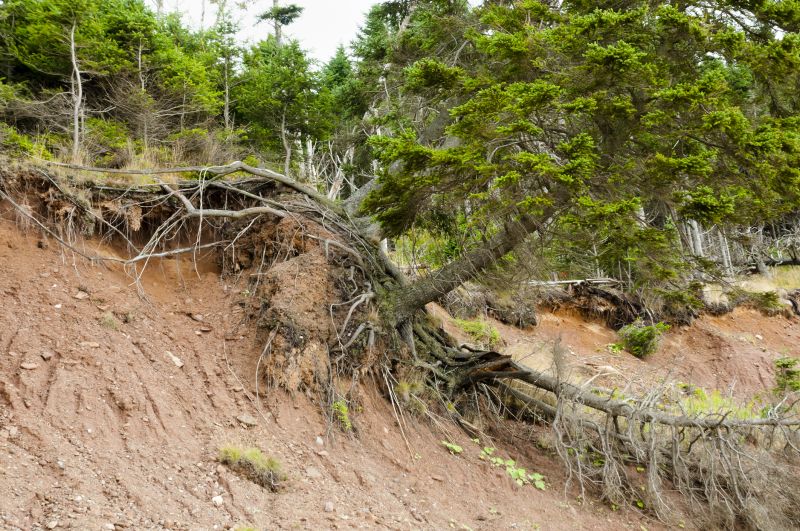
Continuous assessment ensures timely intervention and service effectiveness.
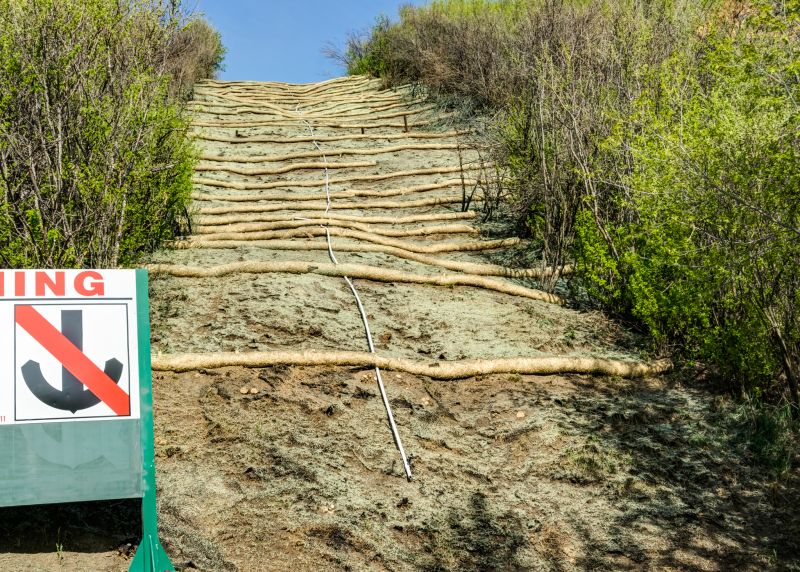
Lower-waste or water-saving choices for Erosion Service.
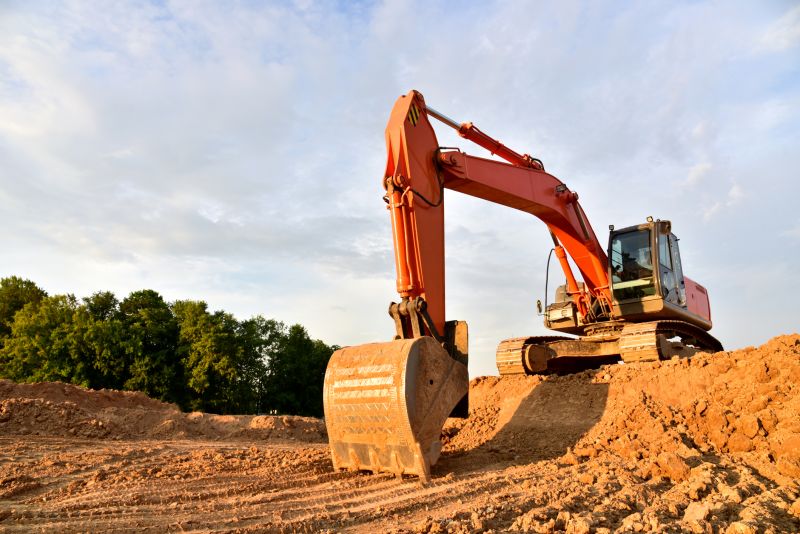
The short, realistic tool list for quality Erosion Service.
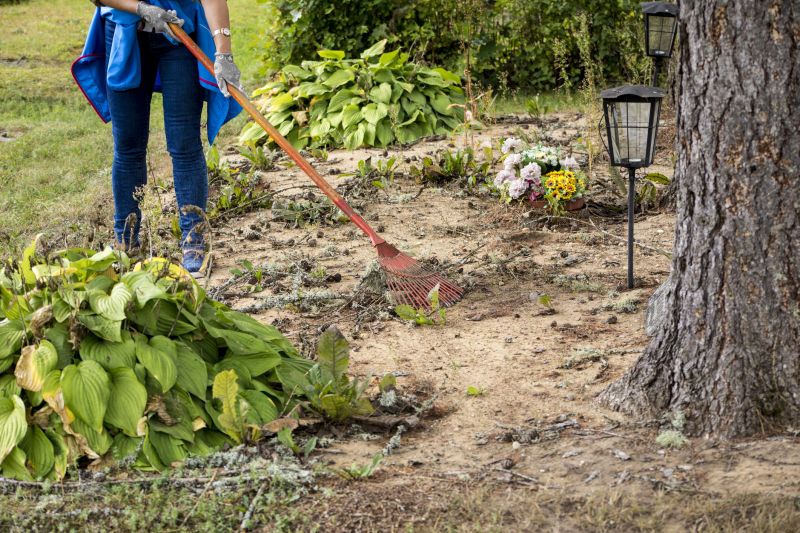
Rough timing from prep to clean-up for Erosion Service.

Quick checks and paperwork to keep after Erosion Service.
Assessment of land conditions guides optimal timing and methods.
Understanding local climate helps schedule erosion mitigation.
Different soils require tailored erosion control approaches.
Consistent erosion services maintain land productivity and stability.
Interested parties are encouraged to contact for more information on scheduling erosion services at the most effective times. Proper timing and implementation can significantly reduce soil loss and protect land assets.
